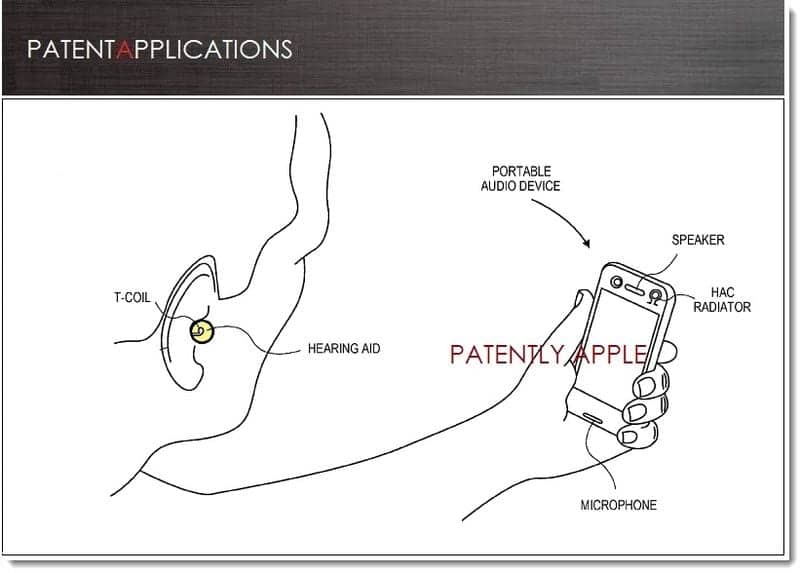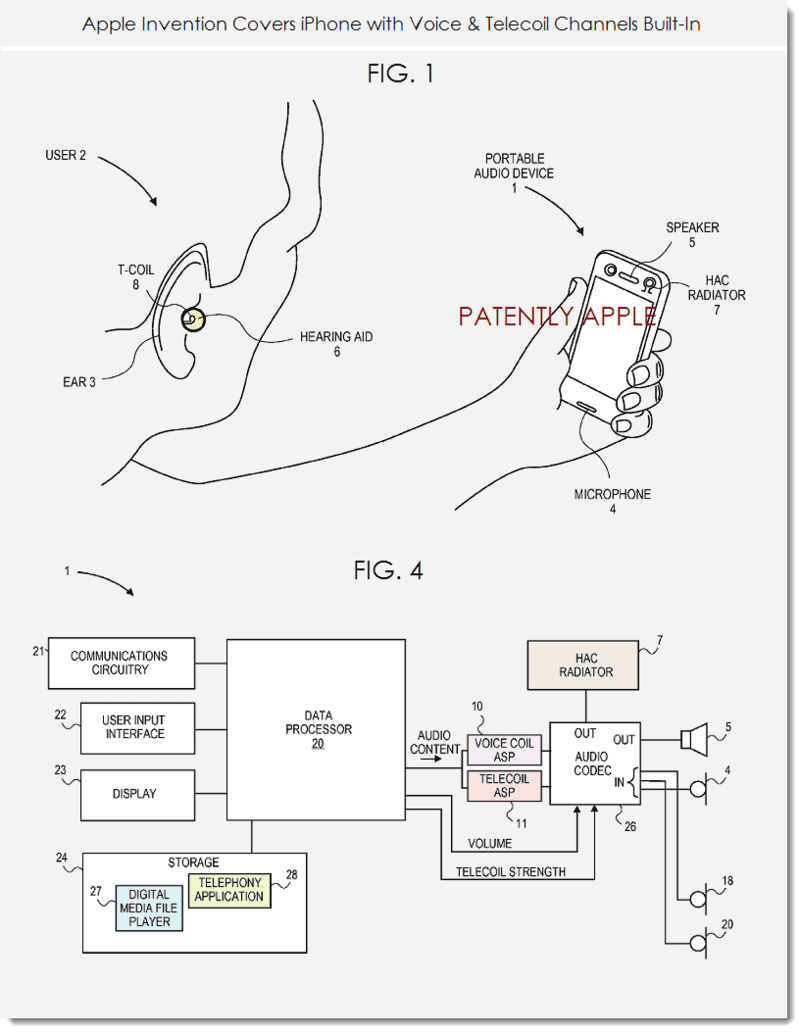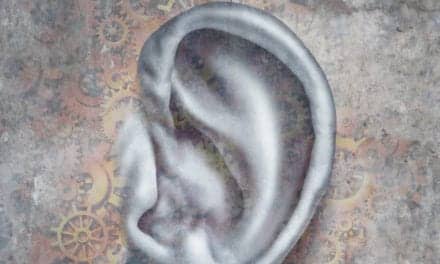
A hearing aid is typically worn by someone who suffers from hearing loss and can compensate for the hearing impairment by amplifying the local sound field. Hearing aids do not always function well with some portable communication devices such as mobile phones. One problem that has been experienced by those who wear hearing aids and have a mobile phone is that the microphone inside the hearing aid may pick up unwanted ambient acoustic noise from the surrounding background environment. This makes it difficult for the user to discern the desired speech.
When the hearing aid is switched to its T-coil mode, however, the hearing aid microphone may be deactivated, and the T-coil is inductively coupled, via the local magnetic field, to the voice coil of the receiver in the mobile phone.
Hearing aid compatible (HAC) mobile phones are becoming more commonly available to the public. Currently, a few mobile phones contain an active noise cancellation (ANC) block that is typically implemented using digital audio signal processing techniques, to help reduce or cancel out the acoustic background noise that may be heard by a user of the mobile phone.
The ANC block attempts to cancel out the acoustic background noise by producing what is referred to as an anti-noise signal. The anti-noise signal is combined with the desired audio content, and then the receiver voice coil is driven with this combined signal. The goal is that the receiver will produce an anti-noise acoustic signal that should, in theory, cancel the acoustic background noise that otherwise would be heard by the user. This technology is also used in noise-canceling headphones.
With Apple’s invention, a desired audio signal is combined with an anti-noise signal. An earpiece speaker has a voice coil that is coupled to convert the combined signal into audible form, while producing a by-product magnetic field signal.
In this way, the portable device can produce the desired audio content acoustically, while at the same time producing the desired anti-noise for acoustic coupling (eg, when an iPhone is being held against the user’s ear in a handset mode of operation), but also avoiding the unnecessary inductive coupling of anti-noise into a hearing aid that is operating in its T-coil mode.
Source: Patently Apple




